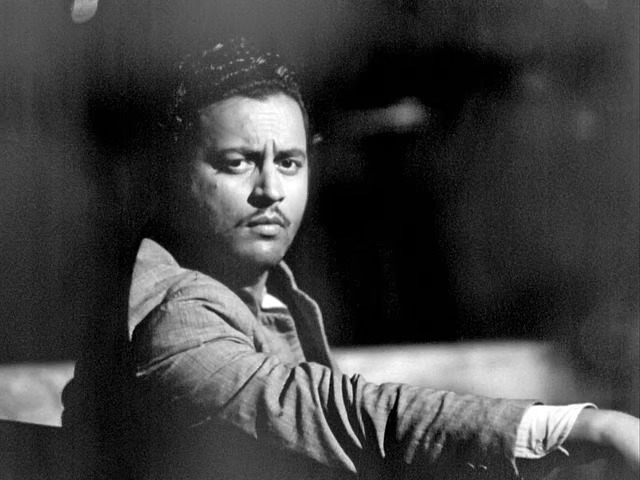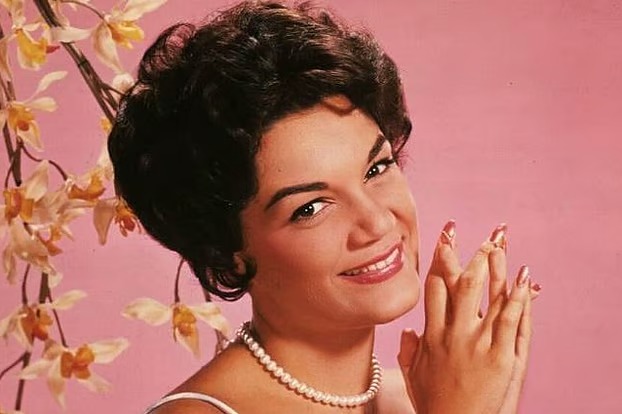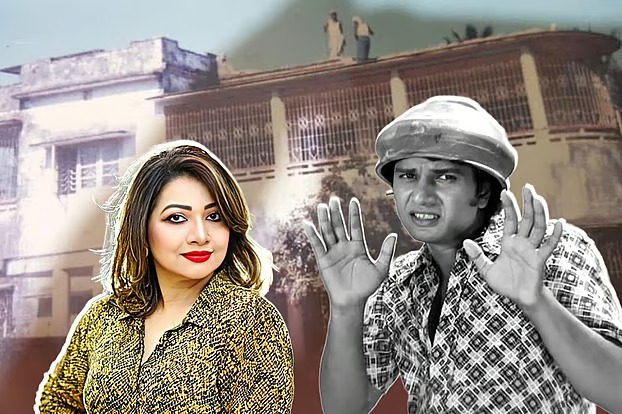Eight films in a span of just 39 years. That’s all it took for Guru Dutt to become one of the most revered filmmakers in the history of Indian cinema. On the occasion of his birth centenary, we look back at the life and legacy of a man whose haunting, poetic cinema continues to move generations.
A Childhood of Chaos, A Soul Shaped by Bengal
Born in Karnataka, Guru Dutt’s early years were marred by poverty and family instability. Much of his youth was spent in Kolkata’s Bhowanipore, where he became fluent in Bengali — a language that would remain close to his heart and soul. Kolkata’s literary and cultural vibrancy deeply influenced his artistic vision. He later married Bengali playback singer Geeta Roy, reinforcing his bond with Bengal.
When he began his career in Bollywood as a choreographer, he dropped his family surname ‘Padukone’. During this period, he also took odd jobs — including working as a telephone operator — to make ends meet. Amidst the uncertainties of post-independence India, he penned a short story titled Kashmakash at the age of 22 or 23 — a tale of an artist’s disillusionment with society. This would eventually become the foundation of his cinematic masterpiece, Pyaasa.
The Rise, the Romance, and the Restlessness
Guru Dutt started out in 1944 as an assistant choreographer at Prabhat Studio in Pune, where he met Dev Anand — then an equally struggling actor. That connection led to his directorial debut Baazi in 1951. Around the same time, he fell in love with singer Geeta Roy. The couple married in 1953.
Dutt soon launched his own production company, where he directed and starred in commercial successes like Aar-Paar and Mr. & Mrs. 55. Yet despite their box office triumphs, these films didn’t satisfy the artist in him. Seeking deeper meaning and emotional truth, he set out to make Pyaasa — a film about a misunderstood poet rejected by a materialistic society. The film became the only Hindi entry on Time magazine’s list of the 100 greatest films of the 20th century.
According to his sister Lalitha Lajmi, Pyaasa was his “dream project.” Dutt famously reshot its climax 104 times to get it just right, constantly tweaking dialogues, scenes, and camera angles — a perfectionist’s relentless pursuit.
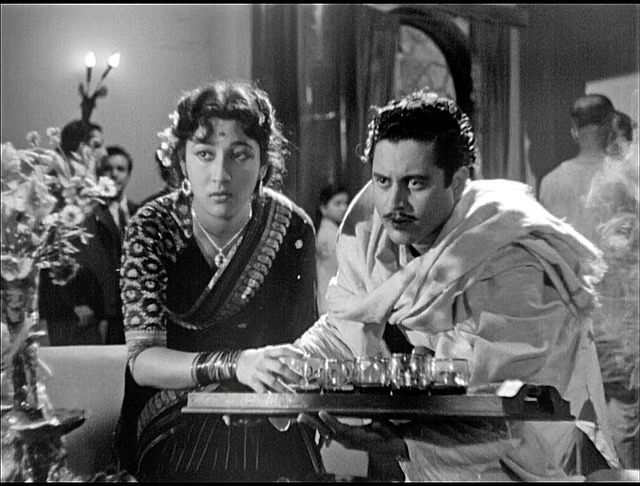
A Beautiful Mind in Decline
Despite fame and success, Guru Dutt was increasingly consumed by depression. He began mixing sleeping pills with alcohol, leading to a suicide attempt during Pyaasa’s final days of production. Though he survived, there was no mental health intervention — a reflection of the stigma surrounding psychiatric care at the time.
Even after Pyaasa’s critical and commercial triumph in 1957, the void within him remained. Renowned cinematographer V.K. Murthy once recalled Dutt saying, “It feels like I have everything, yet I have nothing.”
There was a duality to Guru Dutt — his on-screen women were bold and independent, but off-screen, he reportedly wanted Geeta to remain under his control and only sing for his productions.
Crafting Melancholy on Screen
Guru Dutt’s signature close-ups and lingering shots of emotional turmoil became synonymous with cinematic sadness. Director Sudhir Mishra once remarked, “Guru Dutt’s characters feel like they’ve stepped out of Ghalib’s poetry — soft hearts in a world of stone.”
Film archivist Shivendra Singh Dungarpur believes Pyaasa was not just a film — it was Guru Dutt’s life distilled into cinema. A huge admirer of Vincent van Gogh, Dutt may have unknowingly shared the same fate — only finding true recognition after death.
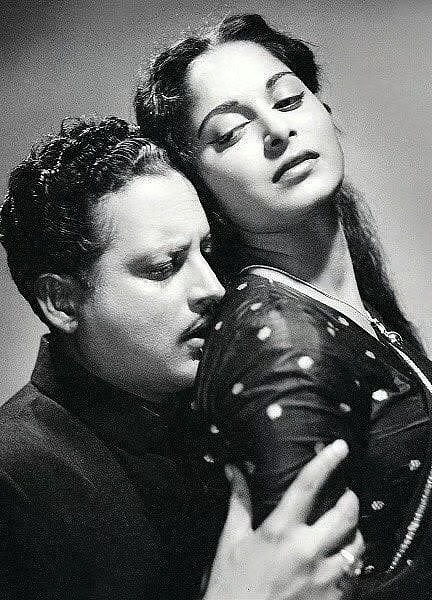
The Weight of Failure
After Pyaasa, Dutt made Kaagaz Ke Phool — his most personal and expensive film, mirroring his own story of a filmmaker who fades into oblivion. Although it’s now hailed as a classic, at the time it flopped disastrously at the box office. The failure devastated him. He never directed another film again.
Actress Waheeda Rehman, a close associate, once quoted him as saying, “In life, there are only two things — success and failure.”
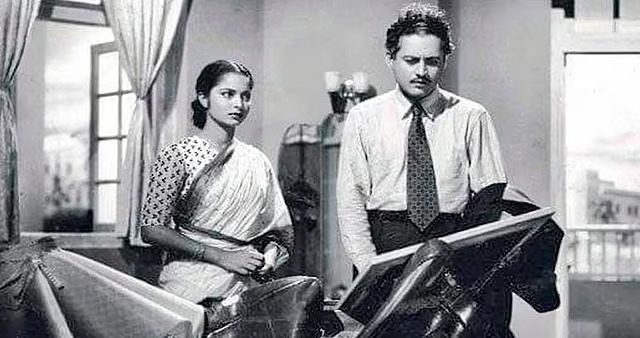
Waheeda Rehman and the Personal Fallout
It’s impossible to discuss Guru Dutt’s life without mentioning Waheeda Rehman. Their on-screen chemistry transcended into real life and is often cited as a factor in the breakdown of his marriage with Geeta Dutt.
Guru Dutt discovered Waheeda in South Indian films and brought her to Bombay, casting her in CID opposite Dev Anand. Her grace and talent captivated him. Despite being married and a father of three (Tarun, Arun, and Nina), Guru Dutt formed a deep bond with Waheeda — both personal and professional.
He cast her in Pyaasa, 12 O’Clock, Kaagaz Ke Phool, and Chaudhvin Ka Chand, with Sahib Bibi Aur Ghulam being their last collaboration.
The Tragic Farewell
Guru Dutt tried to regain his footing with the success of Chaudhvin Ka Chand and followed it up with Sahib Bibi Aur Ghulam, directed by his close associate Abrar Alvi. But his personal life was unraveling — his marriage was over, and his inner world increasingly chaotic.
Author Bimal Mitra recalled Guru Dutt confessing, “I feel like I’m going mad.” He attempted suicide again and was unconscious for three days. Though a psychiatrist was suggested, no treatment was ever arranged.
His sister Lalitha believes he was silently crying out for help — trapped in a darkness so deep that no one could see, and perhaps he couldn’t escape either.
Guru Dutt passed away under mysterious circumstances on October 10, 1964, at the age of 39. Whether it was an accident or a final, intentional act, the world lost a filmmaker whose brilliance was matched only by his sorrow.
Even in death, Guru Dutt remains a towering figure — not just for the films he made, but for the emotion he poured into every frame. His legacy isn’t just about cinema. It’s about the eternal ache of the artist who dared to bare his soul.
